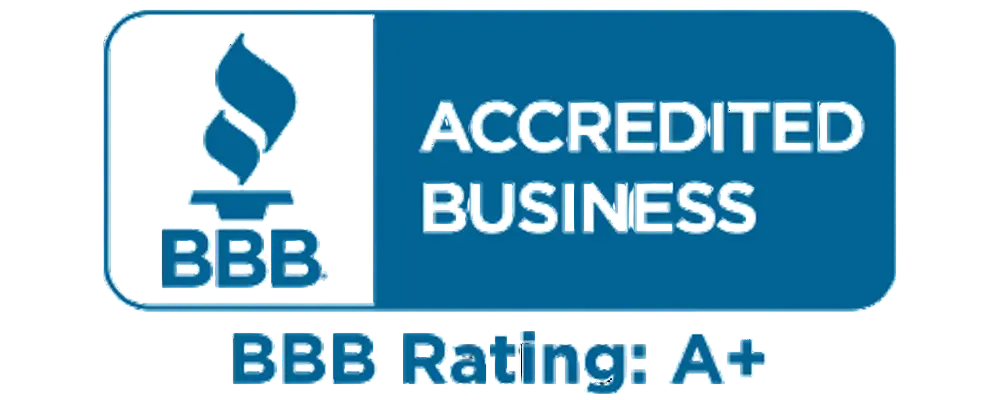Download free PDF
Lyme Disease Testing Market – By Diagnostic Technology, By Sample Type, By Patient Type, By End Use – Global Forecast, 2025 to 2034
Report ID: GMI12557
|
Published Date: December 2024
|
Report Format: PDF
Download Free PDF
Authors: Mariam Faizullabhoy, Gauri Wani



Premium Report Details
Base Year: 2024
Companies covered: 12
Tables & Figures: 142
Countries covered: 19
Pages: 130
Download Free PDF

Lyme Disease Testing Market
Get a free sample of this report
Get a free sample of this report Lyme Disease Testing Market
Is your requirement urgent? Please give us your business email
for a speedy delivery!





Lyme Disease Testing Market Size
The global lyme disease testing market size was valued at USD 6.7 billion in 2024 and is expected to exhibit growth at a CAGR of 5.7% from 2025 to 2034 period. The markets are influenced by many factors which together contribute to the growth of the market. The first of these factors is the growing number of Lyme disease patients, especially in endemic regions such as North America and Northern Europe.
According to the Centers for Disease Control and Prevention (CDC) 2024 statistics, which estimated just under half a million cases of Lyme disease are diagnosed each year in the U.S. Another major factor includes the new technology leaps in the development of diagnostic methods. The emergence of exquisitely sensitive and specific approaches, molecular diagnostics (e.g., PCR) as well as novel serological assays such as ELISA enable recognition of diseases in pre-symptomatic patients.
Additionally, point of care (POC) tests and at-home testing kits are also gaining popularity and are being used as simple and quick ways of diagnosing patients. Increased awareness regarding the long-term consequences that may arise from untreated Lyme disease such as chronic neurological and musculoskeletal conditions is forcing patients to get themselves tested and treated at early stages. This has been compounded by public health campaigns being run by government bodies and non-government organizations. On the other hand, regulatory bodies are slowly beginning to provide funding for research into tick-borne diseases and this is aiming to improve the growth of the market in the future.
Lyme disease testing is the process involved in the diagnosis of Borrelia burgdorferi, which is the virus that causes Lyme disease and is most often carried through the feces of an infected tick. Moreover, there are serological methods such as ELISA and Western Blot tests, molecular diagnostics such as PCR, and antigen-based tests. These can apply blood, cerebrospinal fluid (CSF), or urine samples to determine the stage of an infection and therefore treat it effectively. The earlier the infection is detected, the less invasive the treatment is likely to become.
Lyme Disease Testing Market Trends
The growing burden of lyme disease has led to an increase in targeting lyme disease market size. The market is driven by the growing incidence of Lyme-borne disease caused by the spirochete bacterium Borrelia burgdorferi, primarily located in endemic regions such as North America and Europe.
Lyme Disease Testing Market Analysis
Based on diagnostic technology, the market is segmented into serological test, nucleic acid test, urine antigen testing, lymphocytic transformation test, and immunofluorescent staining. The serological test segment is expected to expand at a CAGR of 6.2%, reaching USD 5 billion by 2034.
Based on sample type, the lyme disease testing market is classified into blood, urine, CSF, and other blood samples. The blood segment held 52.2% share of the market in 2024, driven by several key factors.
Based on patient type, the lyme disease testing market is patient type into adult and pediatric. The adult segment was valued at USD 4.9 billion in 2024 and is expected to grow at a 6% CAGR between 2025 and 2034.
Based on end use, the lyme disease testing market is segmented into hospitals, diagnostic laboratories, and other end users. The hospitals segment dominated the market in 2024 and is anticipated to reach USD 5.3 billion by 2034.
U.S. Lyme disease testing market was valued at USD 2.6 billion in 2024 and is projected to grow substantially in the coming years.
U.K. lyme disease testing market is projected to grow remarkably in the coming years.
China holds a dominant position in the Asia Pacific lyme disease testing market.
Lyme Disease Testing Market Share
The market for Lyme disease testing is quite aggressive due to several major companies which have a good amount of market share. Many businesses have a strong market presence with a wide range of diagnostic tools such as advanced serological assays that include ELISA and Western blot, and PCR for molecular testing. Bio-Rad Laboratories, for instance, is well-known for its accurate diagnostics and enjoys extensive international business so that their market share is sizable because of the extensive use of serological testing in clinics. bioMérieux, Inc. is another essential company, which combines its market share with the use of immunoassays and other molecular diagnostic tools. It has a strong position in the market for these in North America and Europe.
Lyme Disease Testing Market Companies
Prominent players operating in the lyme disease testing industry include:
USPs for Top Players:
Lyme Disease Testing Industry News:
The lyme disease testing market research report includes an in-depth coverage of the industry with estimates and forecast in terms of revenue in USD Million from 2021 – 2034 for the following segments:
Click here to Buy Section of this Report
Market, By Diagnostic Technology
Market, By Sample Type
Market, By Patient Type
Market, By End Use
The above information is provided for the following regions and countries: